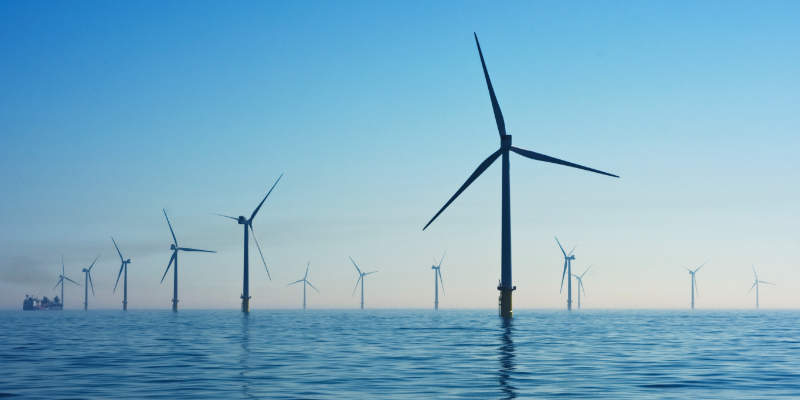In its simplest terms, carbon offsetting works just like the increasingly popular ‘buy now, pay later’ schemes which allow the consumer to have their hearts desire immediately, whether it be a new laptop, leather sofa or an Irish Bouzouki, and pay for it at a later date.
It’s easy to do too. An individual or business can purchase carbon credits, which then allow the holder to emit a specified amount of carbon dioxide (and other greenhouse gases) to the sum of the credits.
You can, if you choose to, offset your carbon footprint by having a specific number of trees planted to compensate the earth for the emissions caused by your long-haul holiday to a fun place.
The good news is that there are organisations that’ll happily calculate how many trees you need to plant to offset the emissions from your trip to a fun place, such as Carbonfund.org. You buy the carbon credits and they do the practical stuff on your behalf, so you can literally pay the earth for the good times. Yay!
There’s no question that planting trees is a great way of replenishing the skies with oxygen. To put that into some sort of context, if we humans could plant enough forest to cover an area the size of the USA, we’d cut atmospheric carbon dioxide by 25%.

But it would take over 100 years to achieve this. And therein lies the snag.
The exact moment the trees will be sufficiently mature to deliver all that yummy oxygen back into the atmosphere is an educated guess and it's so far off into the future I fear the human race would have already lost. Buy now, pay later indeed.
Fortunately, there are more immediate ways to offset your carbon footprint. You can invest in energy efficiency projects, like using surplus waste gases to generate electricity and steam. Or renewable energies, like wind farms for example, but they have to be used in conjunction with actively reducing our carbon footprint, and this requires more than just recycling old copies of National Geographic and not buying those light bulbs that burn hotter than death valley in a shade of bile yellow.
Indeed, not doing certain things can be just as effective as actively doing something sustainable. Like not having children, not eating meat, not setting fire to coal or plastic effigies and not taking certain forms of transport in favour of others.
There are even ways of offsetting your carbon footprint and reducing your carbon emissions by encouraging other people to not do something.
For example, preventing a community of people living in the State of Acre, Brazil from destroying diverse habitats and eroding soil by cutting down trees.
Instead, the offsetting project here revolves around improving their quality of life through dedicated education programmes that allows them to draw an alternative source of income from the sale of rubber, medicinal plants and açaí.
In the case of the latter, a non-timber forest product that produces a superfood that’s wholly sustainable when grown responsibly, can even help the slowdown of profiteering from the commercial double-whammy of timber cut to provide land for the rearing of beef cattle.
Açaí pulp contributes more than U.S. $2 billion to Brazil’s economy each year (second only to beef and timber, oh the irony!) and as it needs the rainforest to flourish, acts as a good incentive to farmers who want to make a few bucks without destroying their homes and communities. And maybe the best bit? An instant reduction in carbon emissions which can temper climate change, without having to plant a single tree!
This is arguably one of the best ways to carbon offset, not by the usual offsetting BNPL way, but by paying now and buying us some time later on, and we think it’s great.
